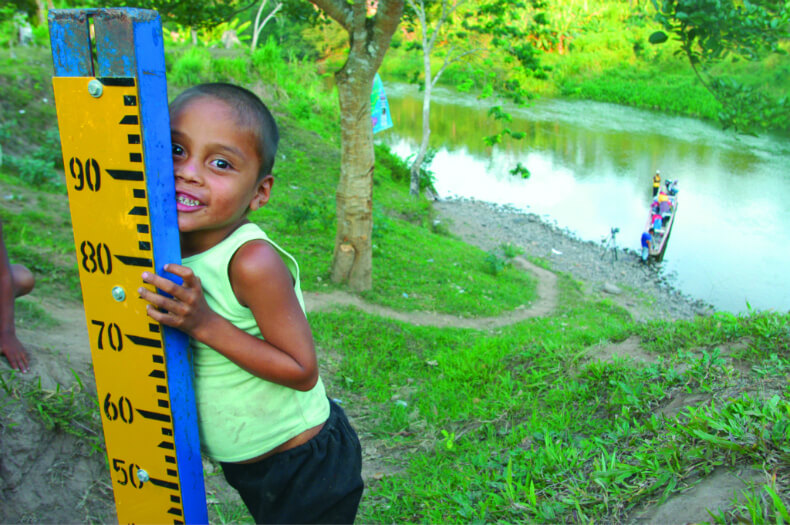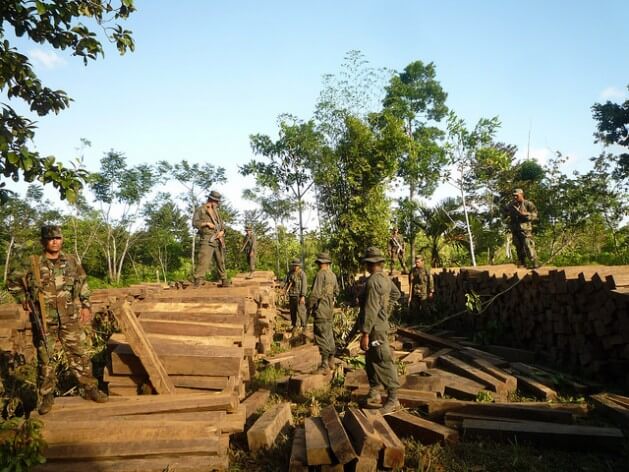The Mayagna (also known as Sumu or Sumo) are a people who live on the eastern coasts of Nicaragua and Honduras, an area commonly known as the Mosquito Coast. Their preferred autonym is Mayagna, as the name “Sumo” is a deragatory name historically used by the Miskito people.
Their language belongs to the Misumalpan language family. Their culture is more similar to that of the indigenous peoples of Costa Rica, Panama, and Colombia than the Mesoamerican cultures to their north. The Mayagna inhabited much of the Mosquito Coast in the 16th century. Since then, they have become more marginalized following the emergence of the Miskito as a regional power. Today, most people speak Mayagna at home but can also speak Miskito in order to interact with the communities around them.
In 2001 the Mayagna of the small community of Awas Tingni (then 1100 people) won an important ruling from the Inter-American Court of Human Rights, established in 1979 by agreement among the signatories of the Organization of American States (OAS). The ruling established that indigenous peoples had rights to the land where they had traditionally lived and had tenure.
Text adapted from Wikipedia’s article on the Mayangna Peoples



